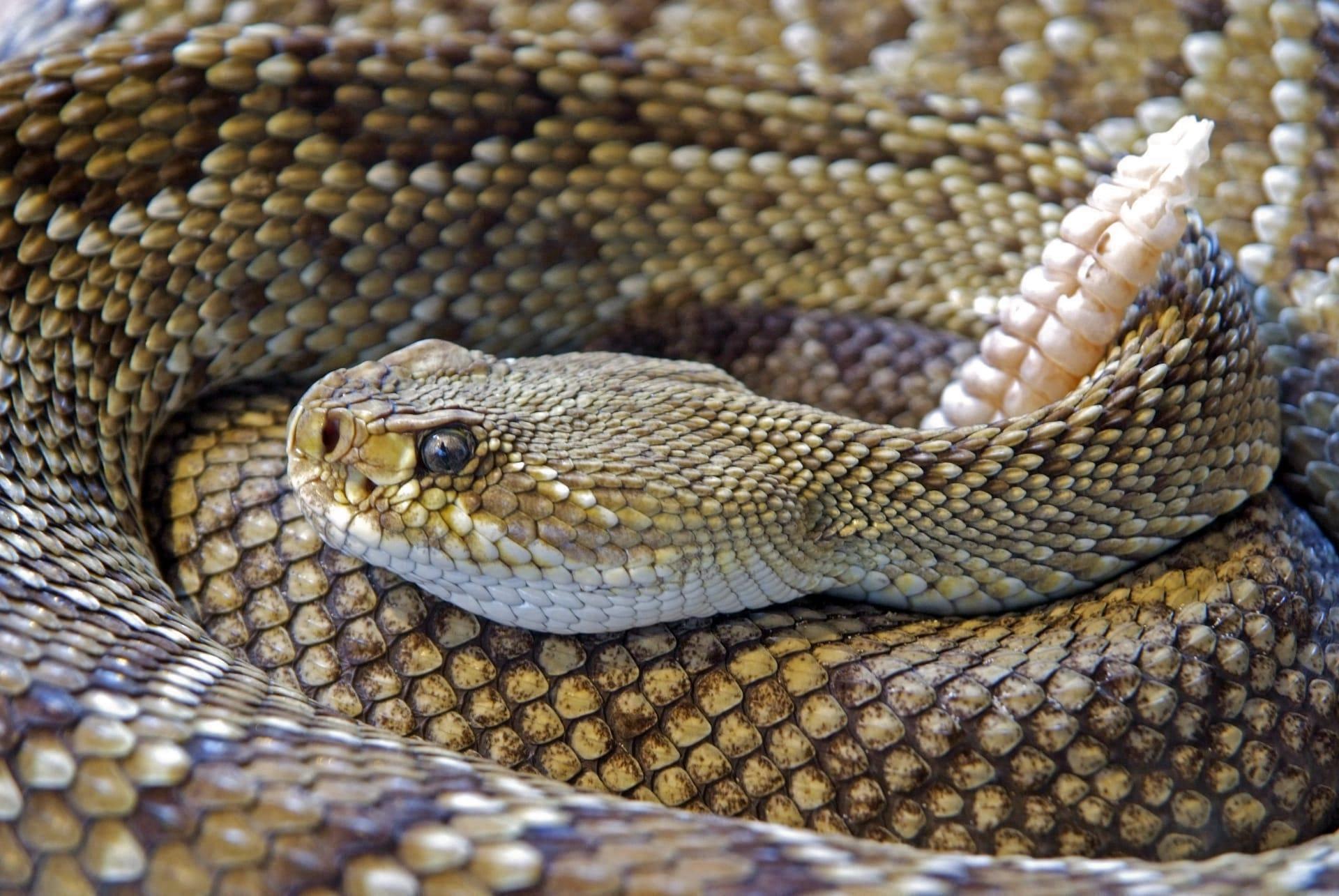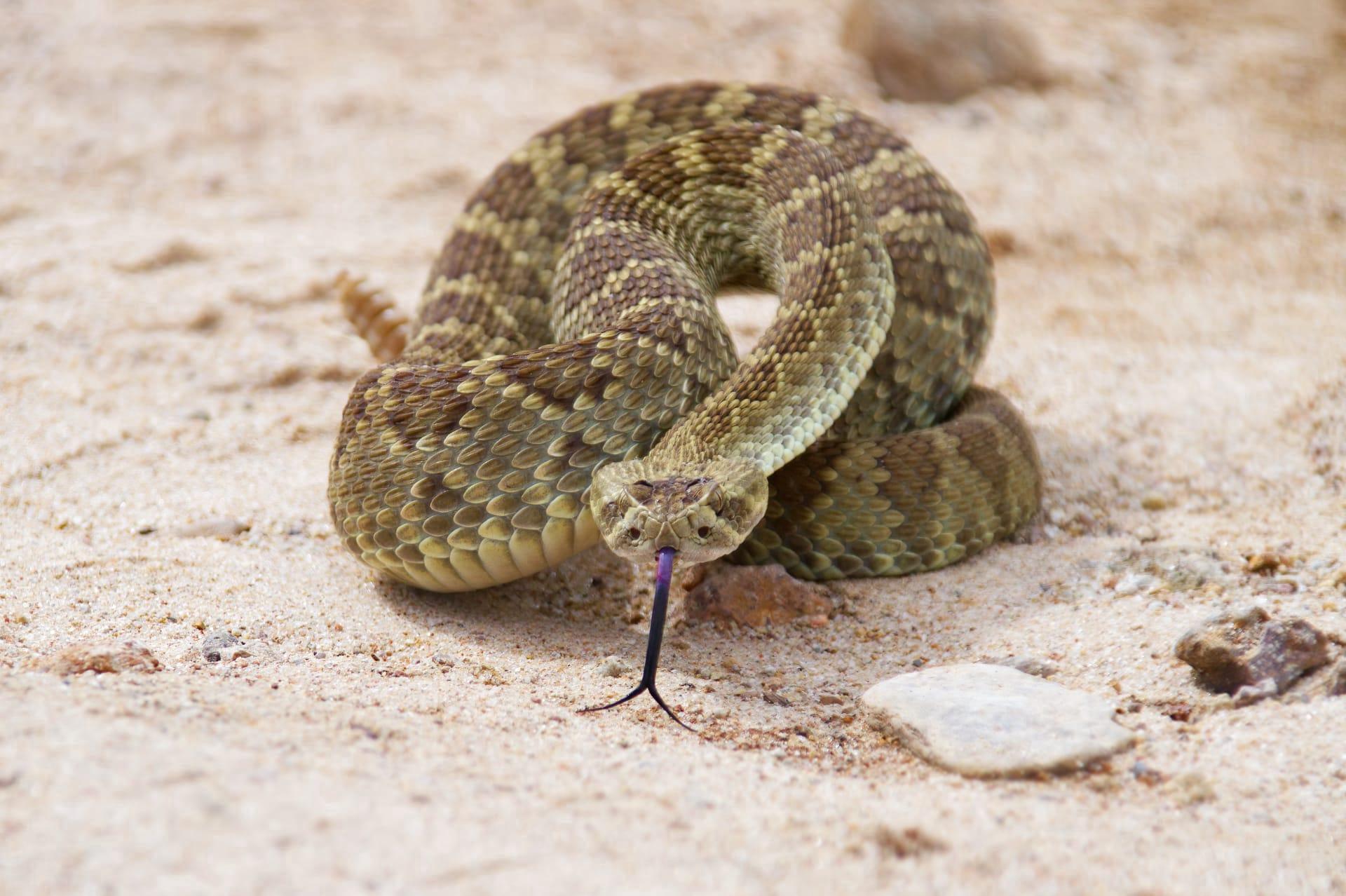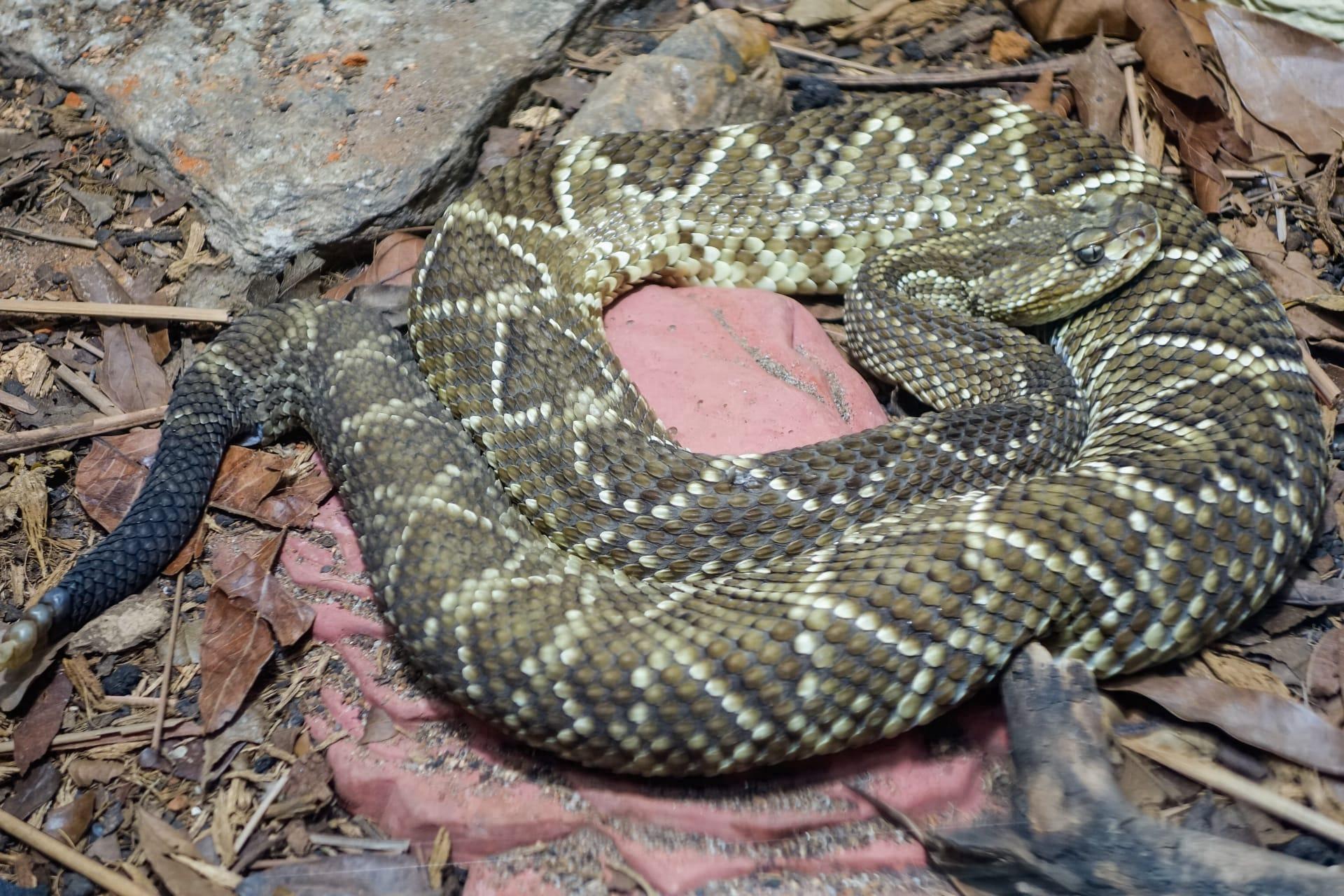1
Rattlesnakes are unique for their built-in defense mechanism: the rattle. Made of keratin (the same material as human nails), the rattle grows a new segment each time the snake sheds its skin, which can happen several times a year. Contrary to popular belief, the number of segments doesn't accurately indicate the snake's age, as segments can break off. When vibrated, these segments clack against each other, creating the iconic rattling sound heard up to 60 feet away, used primarily to ward off predators or threats.
Rattlesnakes possess highly sophisticated heat-sensing organs, known as pit organs, located between their eyes and nostrils. These pits are so sensitive, they allow the snake to detect temperature changes as minute as 0.003 degrees Celsius. This adaptation is vital for hunting, enabling them to accurately strike prey, even in total darkness, by sensing the body heat of small mammals like rodents.

2
The venom of a rattlesnake is a complex cocktail of proteins and enzymes, and its composition varies among species, and even within the same species from different geographical areas. This variation is an adaptation to target specific prey in their environment. Some venoms are more potent against mammals, while others are more effective against birds or reptiles. The venom serves two primary purposes: to immobilize prey and to start the digestion process by breaking down tissues.
Remarkably, baby rattlesnakes are born fully equipped with venom and a functioning rattle. Newborns can strike and defend themselves from birth, and their venom can be as potent as that of adult snakes. However, they have less control over the amount of venom they inject, often leading to a full envenomation with each bite.

3
Rattlesnakes have a unique method of drinking water. Instead of sipping through their mouth, they actually 'sip' the water by capillary action. The water is drawn up by the grooves on the scales around their mouth, allowing them to hydrate even from dew or rainfall collected on their skin. This adaptation is especially useful in arid environments where standing water is scarce.
Another intriguing aspect of rattlesnakes is their social behavior. They are known to exhibit communal behaviors, especially in colder climates. During winter, they hibernate in large groups in dens, which can sometimes house up to a thousand snakes. This communal hibernation helps them maintain body temperature and increases their chances of survival through the cold months.

4
Rattlesnakes have a lifespan that can exceed 20 years in the wild, which is considerably long for reptiles. However, their survival rate is low in the first two years of life due to threats like predators and human encounters. Once they reach adulthood, their survival rate increases significantly due to their size, venomous defense, and hunting skills.
Contrary to the common perception of snakes being deaf, rattlesnakes actually have a keen sense of hearing. They lack external ears but can detect vibrations through the ground and their lower jaw, effectively 'hearing' movements and sounds. This ability is crucial for avoiding predators and hunting prey, enhancing their survival in various environments.

5
The striking distance of a rattlesnake can be up to two-thirds of its body length. This impressive range allows them to effectively capture prey and defend against threats from a distance. The speed of their strike is also remarkable, occurring in less than half a second, making it one of the fastest movements in the animal kingdom.
Rattlesnakes play a significant ecological role by controlling the populations of small mammals like rodents, which are their primary prey. By keeping these populations in check, they help prevent the overgrazing of vegetation and the spread of diseases carried by rodents. This predator-prey relationship highlights the importance of rattlesnakes in maintaining a balanced ecosystem.